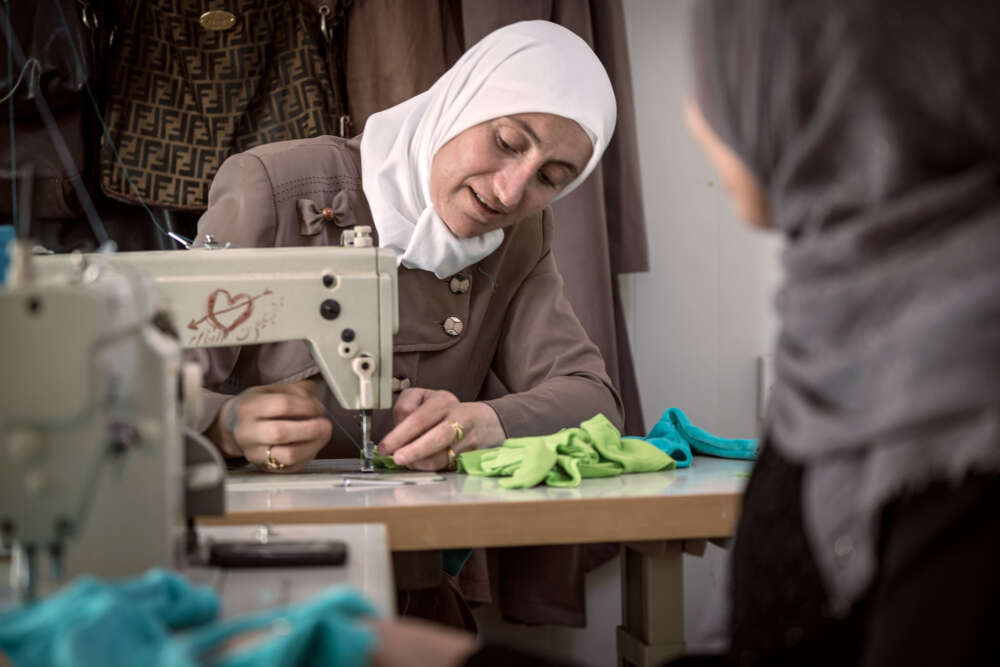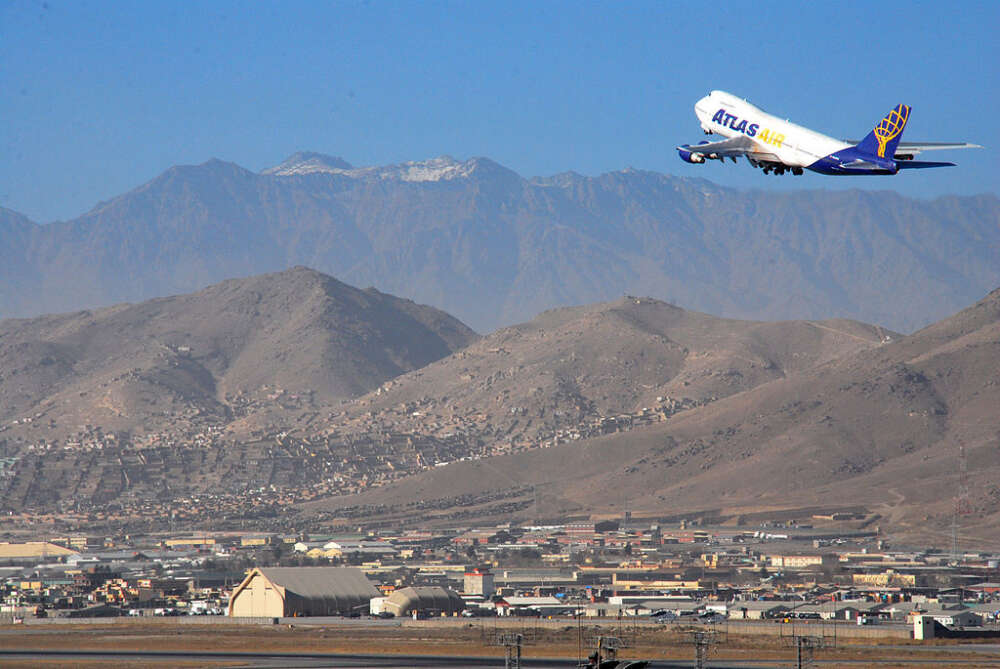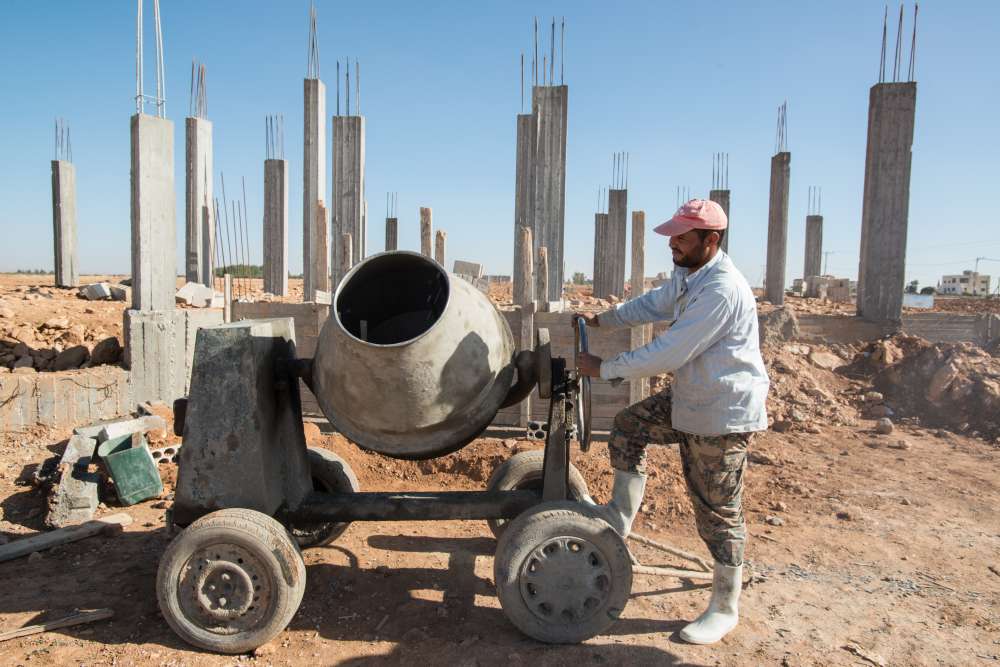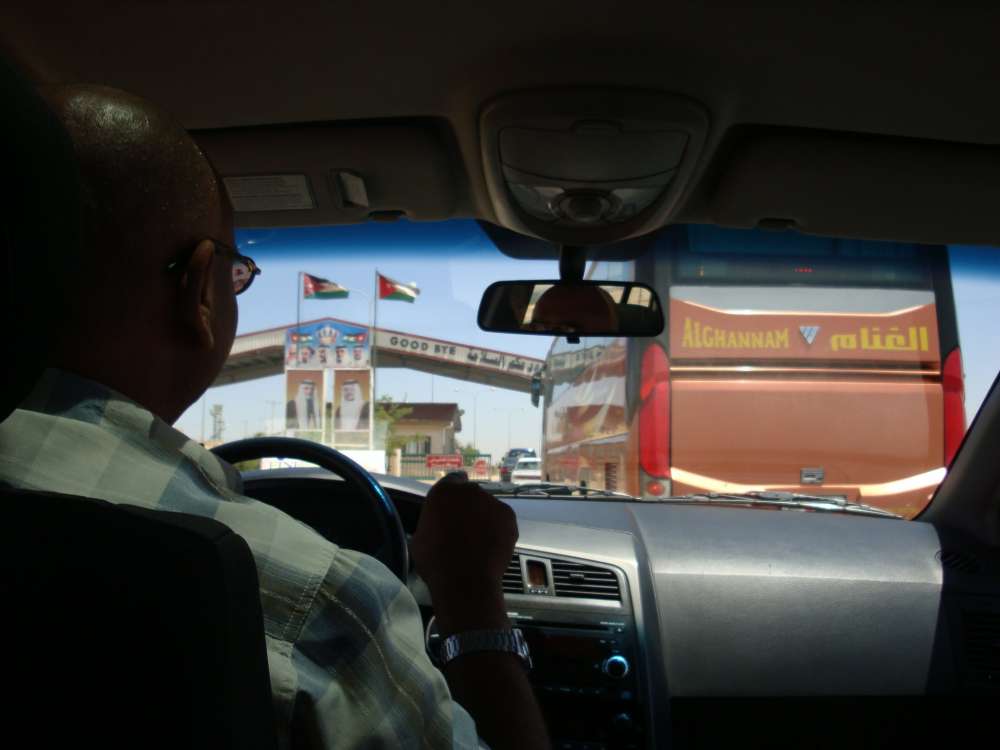A Pathway Toward More Resettlement and Humanitarian Admission

Given the general lack of safe pathways for refugee movement, resettlement and humanitarian admission stand out as mechanisms that offer safe channels for people on the move and provide long-term solutions for a selected few. However, the number of available slots has seen an unprecedented hit since the Trump administration sharply reduced the US’ commitment and the COVID-19 pandemic has created a significant backlog of cases. This is not only a problem for refugees themselves, but also for the entire international system of refugee protection. To survive, this system requires meaningful tools in support of the principle of responsibility sharing.
In this paper, we identify the reasons behind the current low in admission levels and propose a pathway toward greater engagement by resettlement countries over the next three years. We do so by looking at six countries that represent the backbone of international efforts on resettlement and humanitarian admission: Australia, Canada, France, Germany, Sweden, and the United States. Despite the difficult political contexts, a positive turn toward higher admission levels is feasible in many of these countries. Reflecting on the short‑, medium- and long-term horizons, we outline three scenarios, including concrete steps, for how resettlement and humanitarian admission could be revived.
- Recovery (2022): In the short term, a coordinated effort enables resettlement to recover from the shock induced by the COVID-19 pandemic. Governments make additional commitments to resettle Afghans in particular, in addition to humanitarian evacuations.
- Stability (2023): In terms of the overall number of slots, resettlement and humanitarian admission are on a stable growth trajectory. New programs are brought underway and the size of established resettlement programs increases.
- Sustainability (2024): Resettlement and humanitarian admission have become more established tools of responsibility sharing, thus narrowing the gap between the number of places needed and those that are available. A global target of at least 200,000 places per year, excluding other complementary pathways, is defined. The higher numbers of available slots also offer new opportunities to use these tools strategically in the future.
This paper is based on an analysis of different factors that negatively affect resettlement and humanitarian admission in the six case study countries as well as interviews with 17 key informants. For each of the six countries, we present separate briefs as a joint annex to this paper.
The paper was originally published in Towards a Global Resettlement Alliance, compiled by the Friedrich-Ebert-Stiftung andreleased in December 2021. The full publication is available for download.







